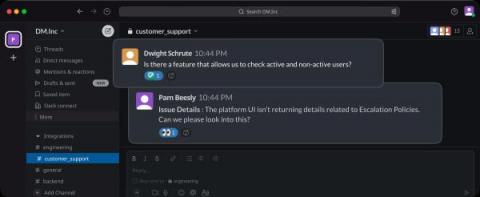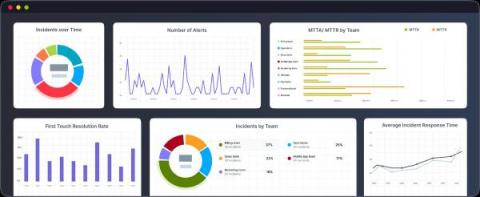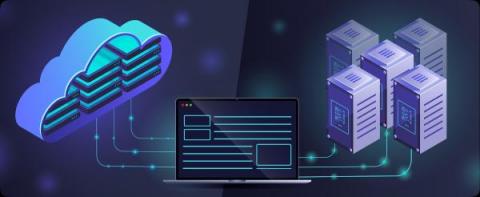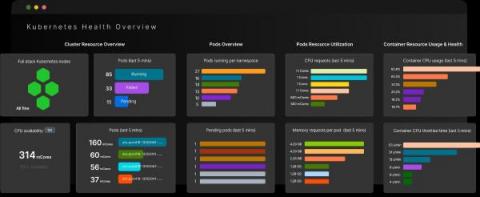Major Incident Management with Zenduty, Grafana, Slack and Zendesk
In the current fast-paced world, businesses are seeking methods to increase their efficiency and simplify their processes. But, there are times when teams are unaware of an issue at the initial stage, leading to a bad customer experience. For example, you are a part of the Infrastructure team, where your primary responsibility is to check resources and notify when they reach their maximum capacity. Let's say due to an anomalous traffic load, our resource CPU utilization goes above 90%.











